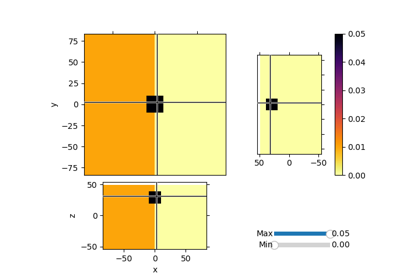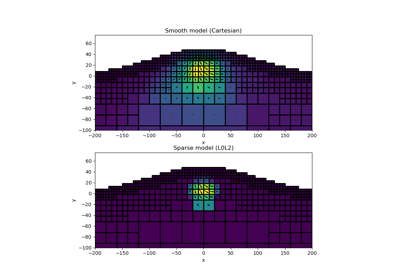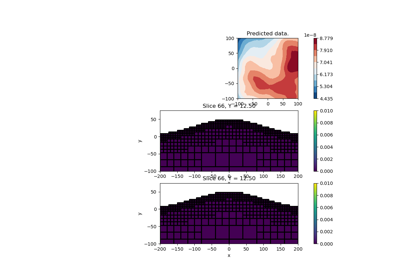SimPEG.potential_fields.magnetics.Point#
- class SimPEG.potential_fields.magnetics.Point(locations, components='tmi', **kwargs)[source]#
Bases:
BaseRxMagnetic point receiver class for integral formulation
- Parameters:
- locations(
n, 3)numpy.ndarray Receiver locations.
- components
strorlistofstr, default: ‘tmi’ Use a
strfor a single component or alistofstrif multiple components are simulated at each location. Component choices are:“tmi” –> total magnetic intensity data (DEFAULT)
“bx” –> x-component of the magnetic field
“by” –> y-component of the magnetic field
“bz” –> z-component of the magnetic field
“bxx” –> x-derivative of the x-component
“bxy” –> y-derivative of the x-component (and visa versa)
“bxz” –> z-derivative of the x-component (and visa versa)
“byy” –> y-derivative of the y-component
“byz” –> z-derivative of the y-component (and visa versa)
“bzz” –> z-derivative of the z-component
“tmi_x”–> x-derivative of the total magnetic intensity data
“tmi_y”–> y-derivative of the total magnetic intensity data
“tmi_z”–> z-derivative of the total magnetic intensity data
- locations(
Notes
If predicting amplitude data, you must set include ‘bx’, ‘by’, and ‘bz’ here, and set is_amplitude_data in the magnetics.Simulation3DIntegral to True.
Attributes
Receiver locations
Number of data.
Universal unique identifier
Methods
eval(**kwargs)Not implemented for BaseRx
evalDeriv(**kwargs)Not implemented for BaseRx
getP(mesh[, projected_grid])Get projection matrix from mesh to receivers
Galleries and Tutorials using SimPEG.potential_fields.magnetics.Point#
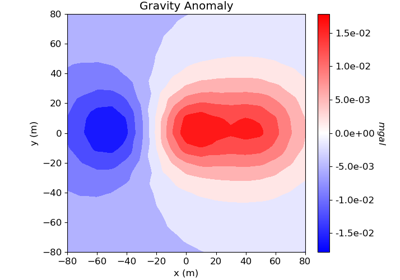
Cross-gradient Joint Inversion of Gravity and Magnetic Anomaly Data
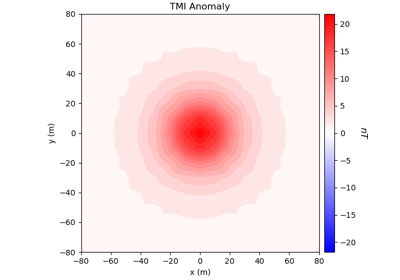
Forward Simulation of Total Magnetic Intensity Data
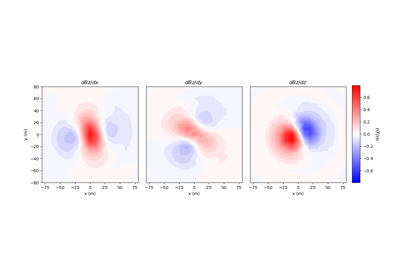
Forward Simulation of Gradiometry Data for Magnetic Vector Models
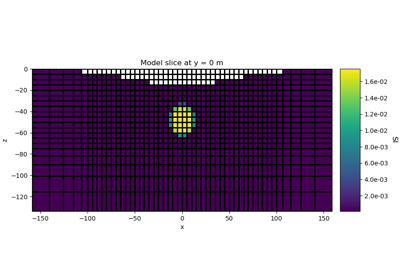
Sparse Norm Inversion for Total Magnetic Intensity Data on a Tensor Mesh
